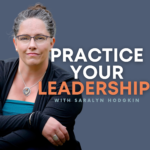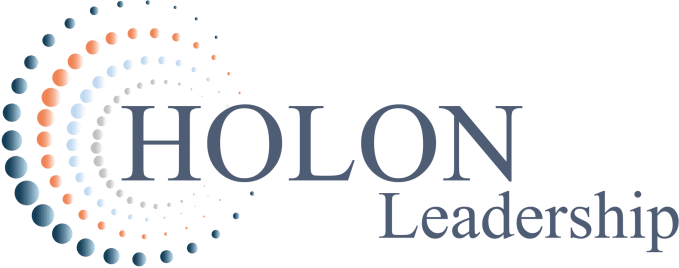Hi everyone, I’m Saralyn Hodgkin. And this is the podcast to practice your leadership.
Part of the inner work that we do as we unfold our, our leadership artistry, as we unfold our, our own revelations of self and learning of self, part of what we do is expose our wounds. So part of what is needed is healing. Part of what is needed is healing.How often do you take that time to heal that part of yourself that needs some attention? That needs more than just a pat on the head? When working on yourself, what wounds are exposed and where does attention need to go and healing and talking this through? There’s lots of avenues to have conversations around healing. Part of what I want to have, what I want to share here of my own learning is to be able to see sometimes the wounds of disconnection. Sometimes the wounds of stories that don’t serve, sometimes it’s the wounds of, of the discomforts that have raised patterns or ways of being, that not only don’t serve you, but has traumatic effect on others around you. And so, part of the work of healing is being able to see some of those wounds and maybe that means dwelling in discomfort or exploring the stories of, of yourself of your identity. Sometimes, the work of healing means coming into forms of interconnections, sometimes that require self acceptance, love, finding wholeness. Sometimes it means letting things go, letting things just die. All in all, its intention that matters. It’s intention that matters to be able to see the wounds and come into forms and ways of, of healing, to be able to then move on to more serving stories to reveal further areas of discomfort to work on yourself, to be able to shift patterns of behaviour that no longer serve, for example. I will say that sometimes in doing this work, what you realize is that you have wounded others, that if you come into conversations of trauma, or wounds are healing, that you have a responsibility not just to yourself, but to hold people in, in good ways, right to make sure they’re looked after, because maybe they are triggered or they are re traumatized. All to say is that in your own work of healing, there is process and intention that is needed there to grieve to lead out to explore what kind of support you need is to do your own work. Part of what comes from this work is a form of resilience, whether you’re learning about your wounds and your processes of healing from other people from within, or from other ways of knowing and being and, and finding knowledge. Maybe there’s also this place that starts to build in yourself around resilience. Does the resilience of yourself start to blossom from this place of of healing as well? Does this resilience of self, of being, able to possibly show up with more vulnerability and openness and spaces, to connect into the courage to be vulnerable, to connect into the courage to have generous assumptions about others, about yourself, and to have gratitude as as you move forward? And you know, some of its pretty – Brene Brown’s book Gift of Imperfections that talks about gratitude being a prerequisite for joy? So if joy is something that you’re yearning for, which is very hard to embody. That’s a whole nother conversation. Where’s your practice of gratitude and does that help with places of healing in yourself? This place of persevering through the grittiness and connecting with others and finding spaces of possibility, right? Some of these things help describe resilient people.
Hope some of these things help you be more present and rather than enraptured by fear, not eliminating fear, but just learning to be fear less, to embrace fear, and then put it back in its place, however, it shows up for you. However, point being here, coming back, is part of what I’ve learned is that healing takes conscious practice and effort. It exposes wounds, and we need that to happen. And part of what grows out of that is our own resilience.
Thanks all, I’m Saralyn. You can find me at holonleadership.org. I walk alongside you as you practice your leadership.


 Apple Podcasts
Apple Podcasts Spotify
Spotify Google Podcasts
Google Podcasts